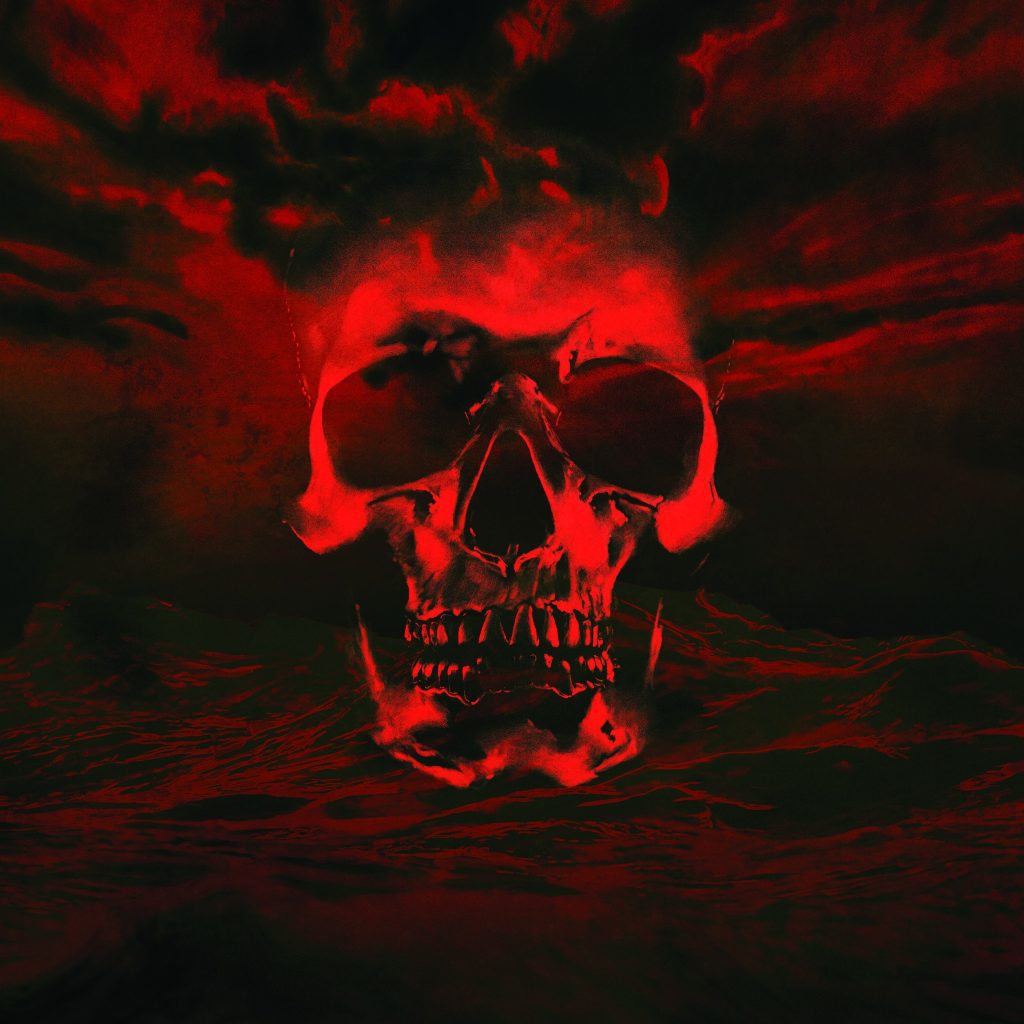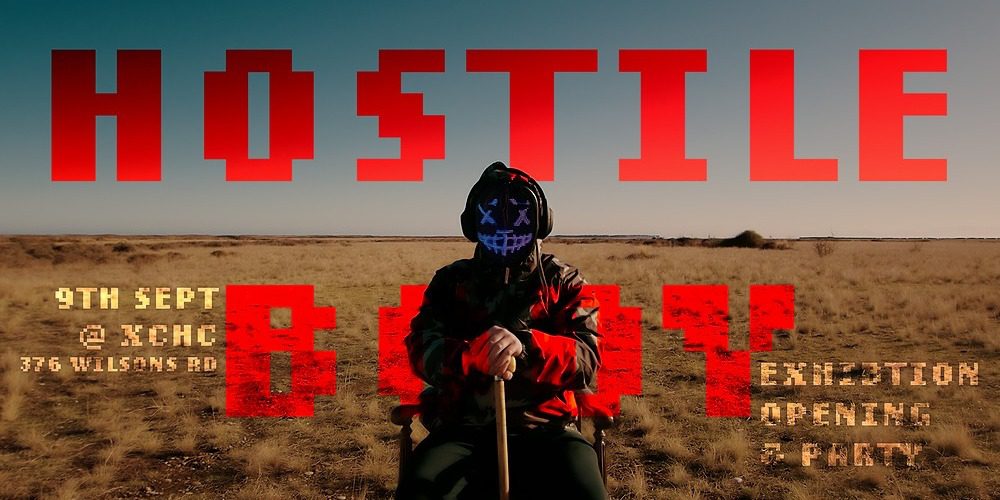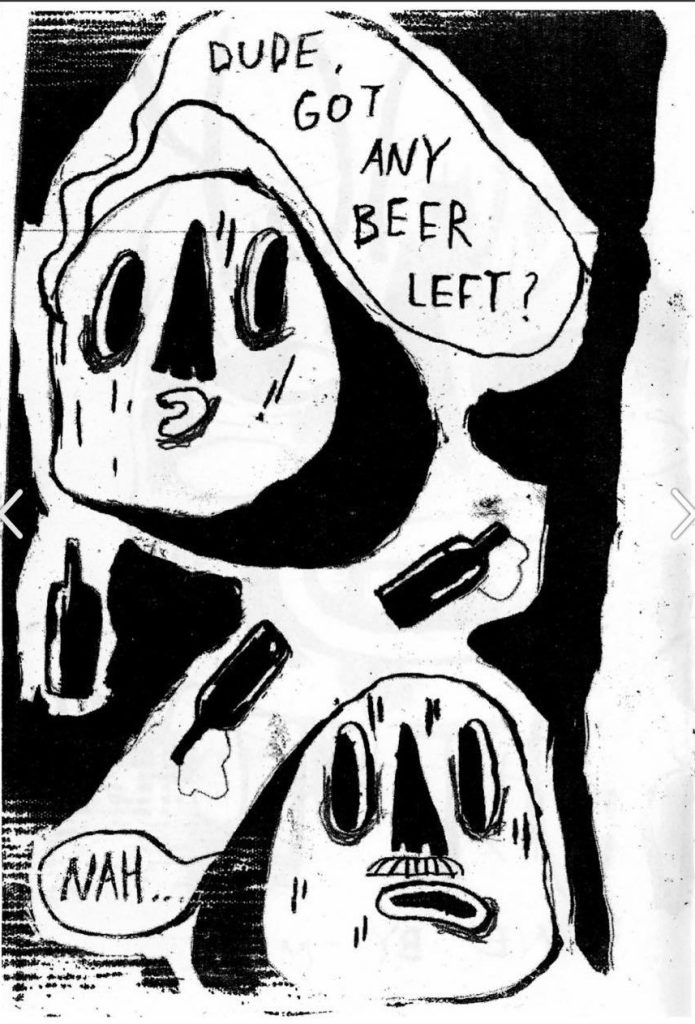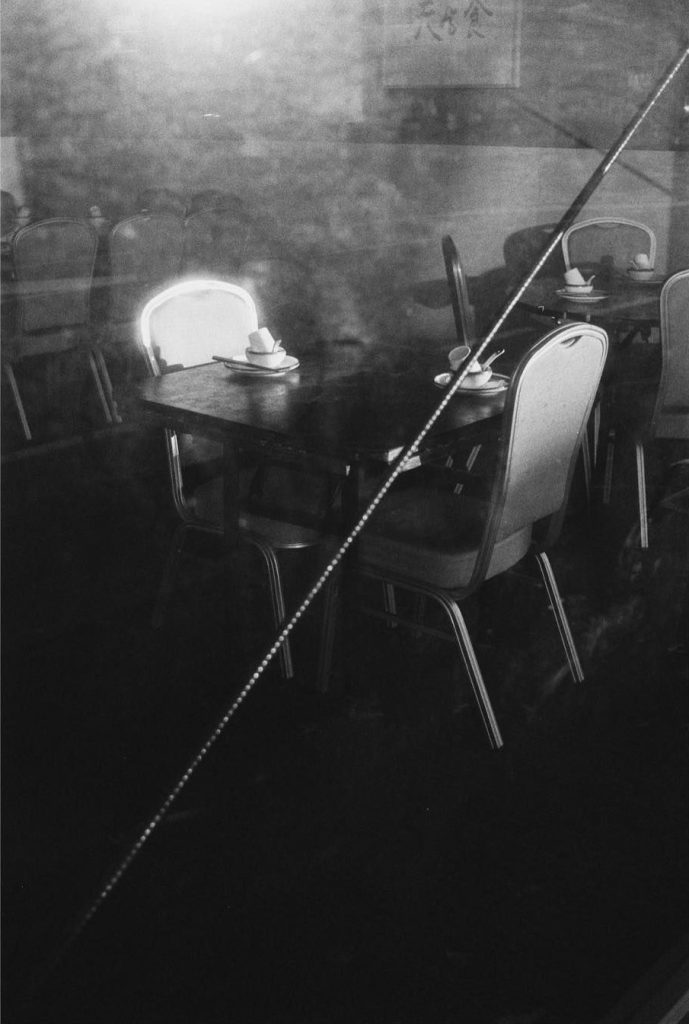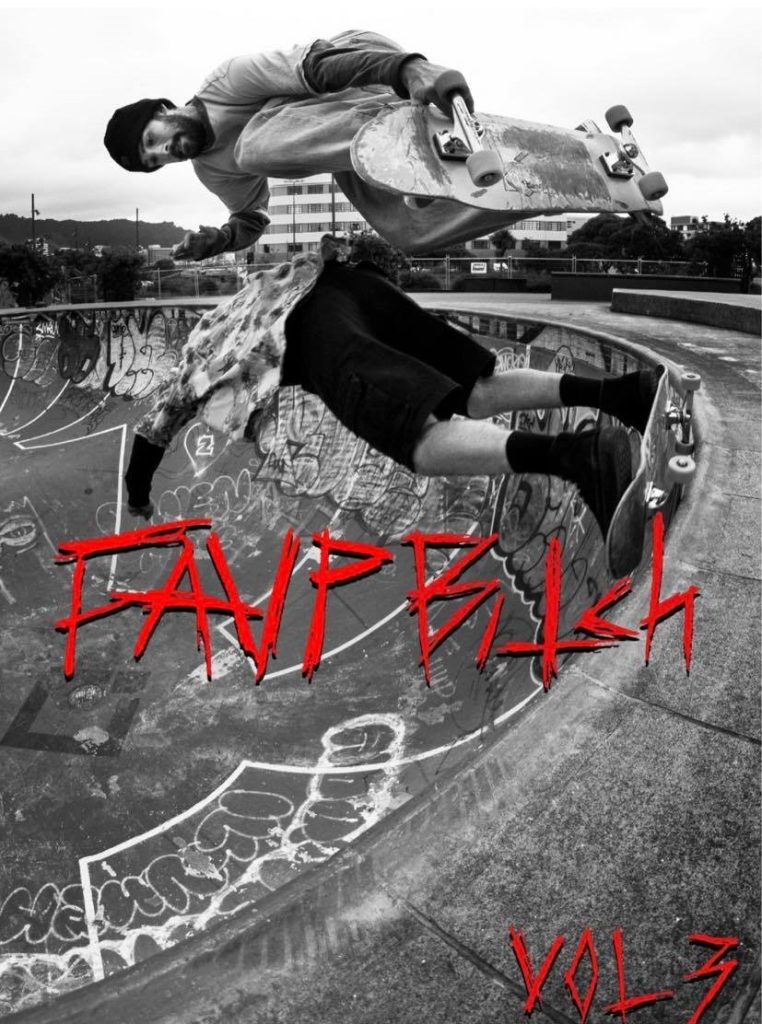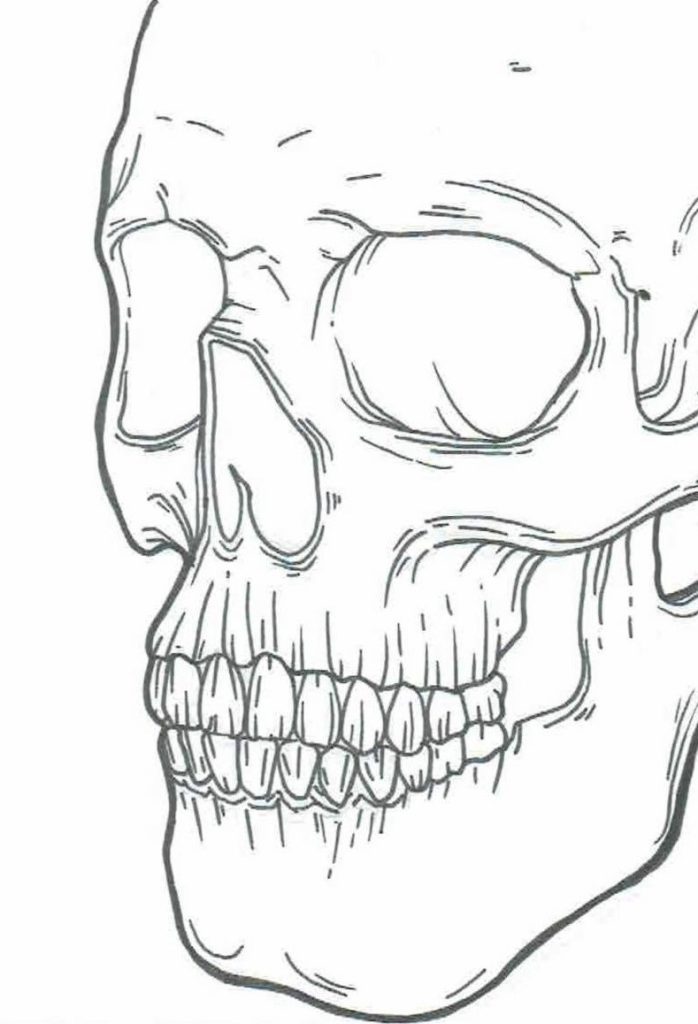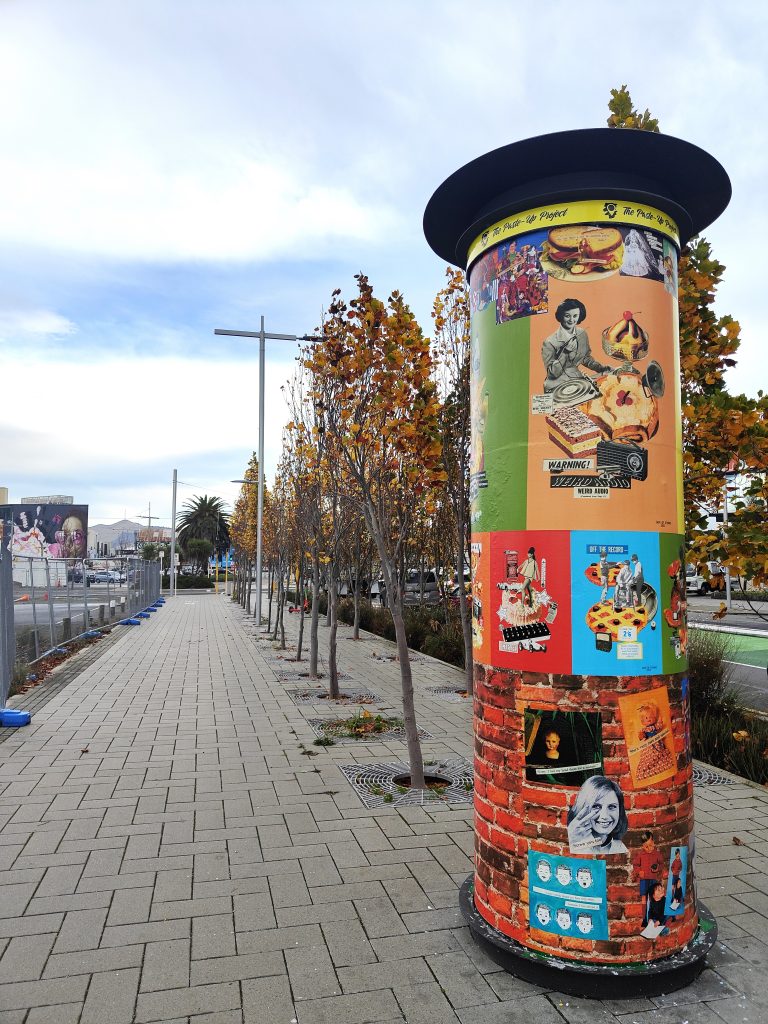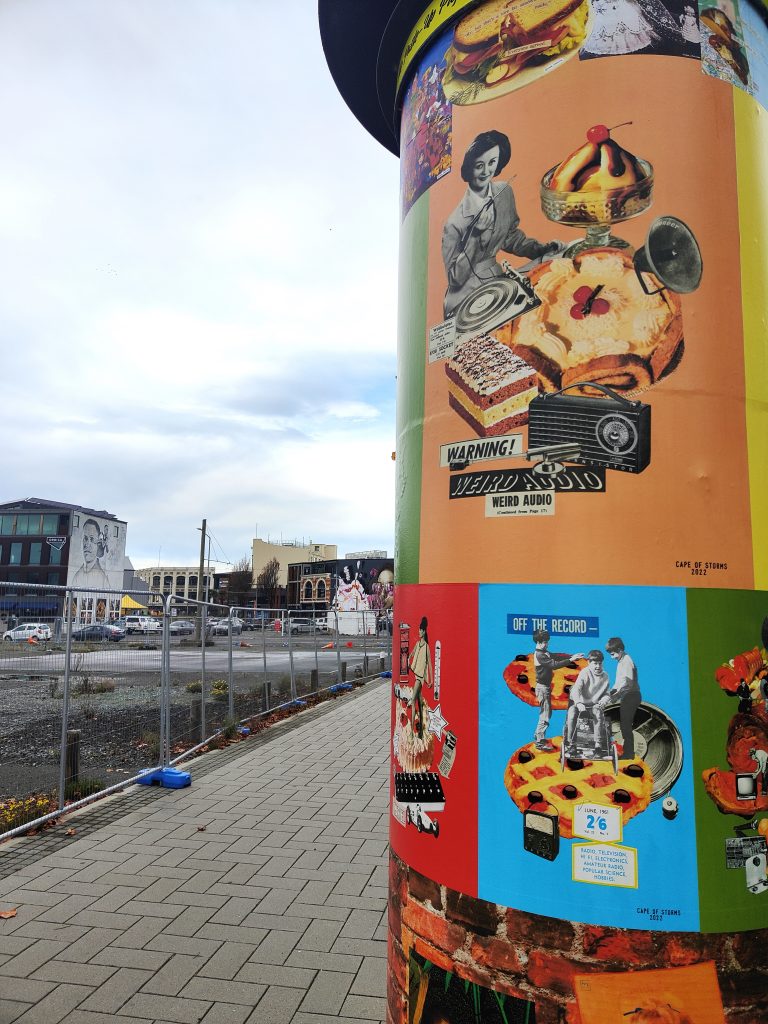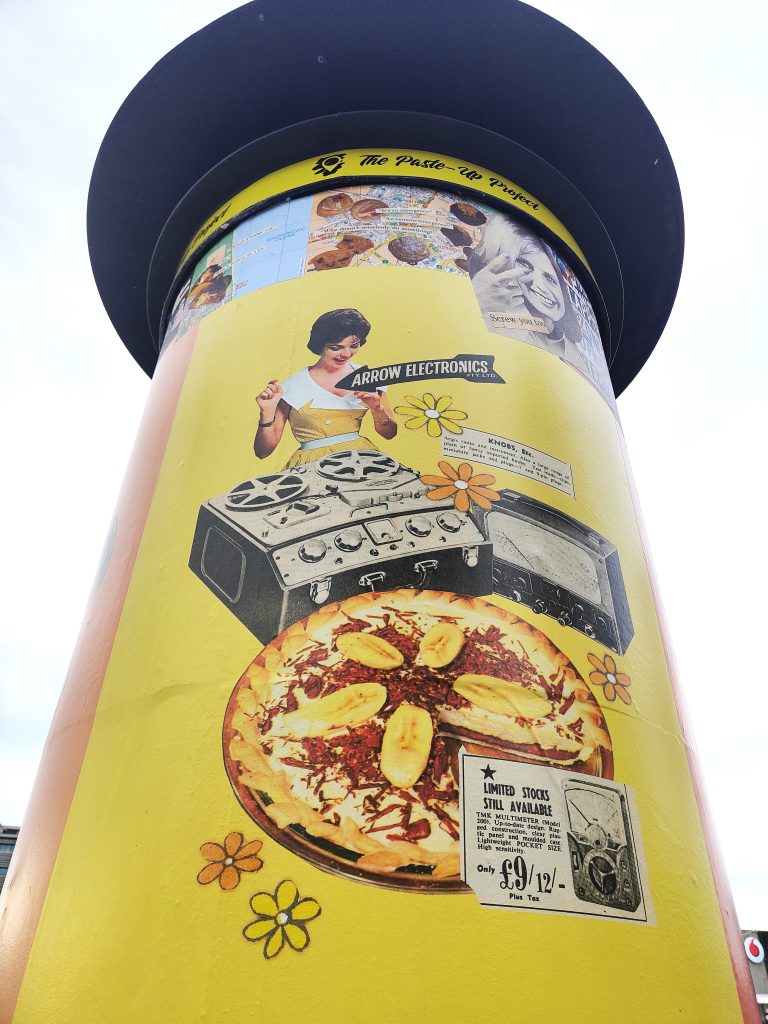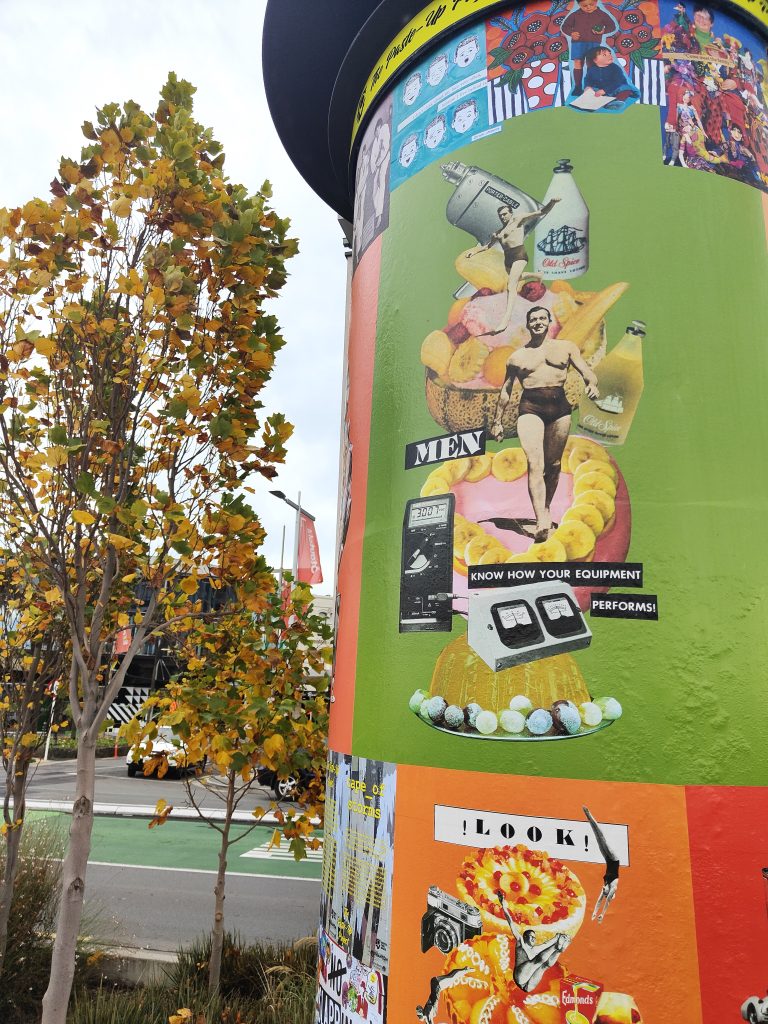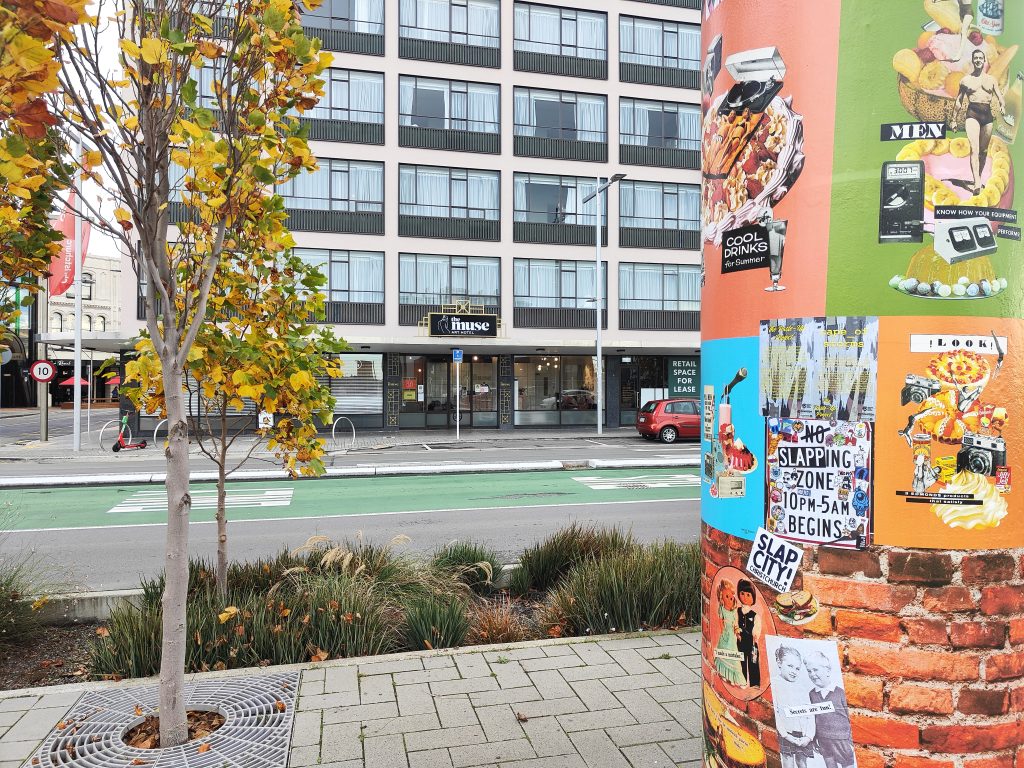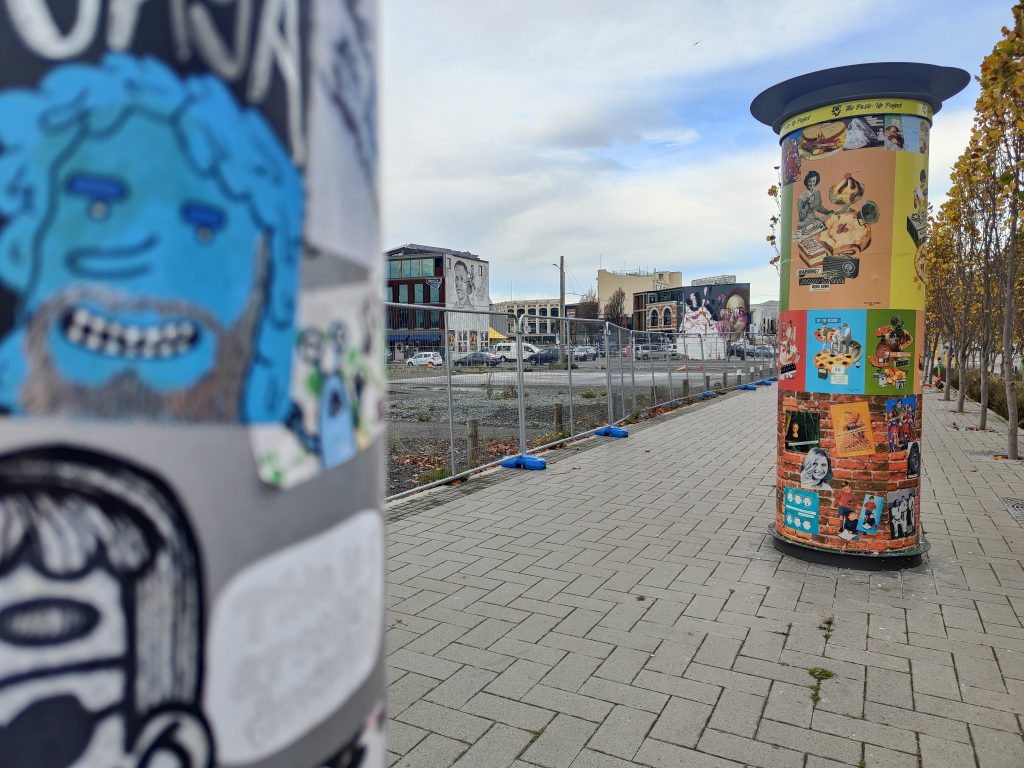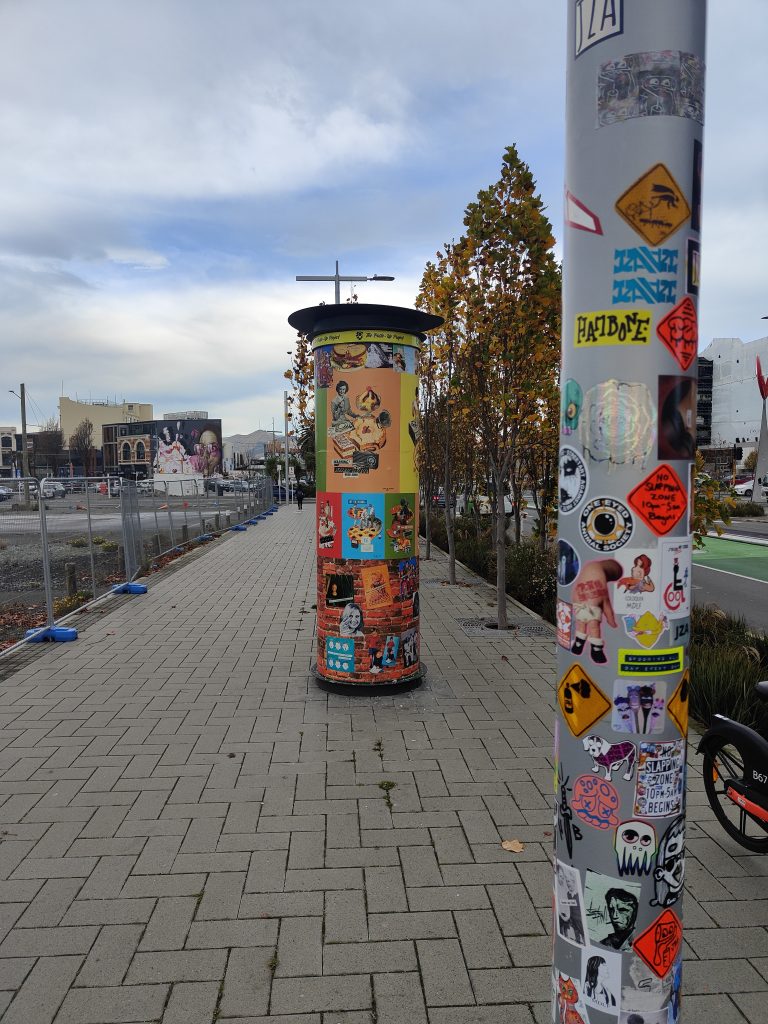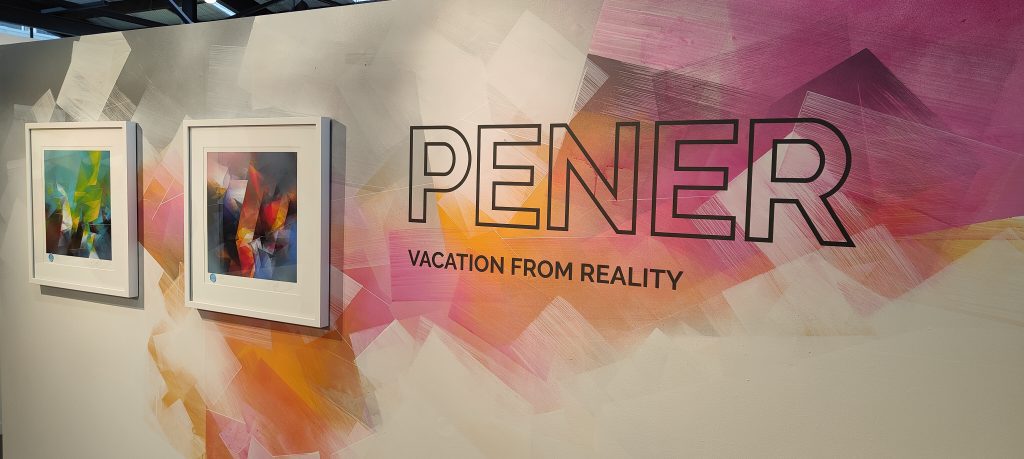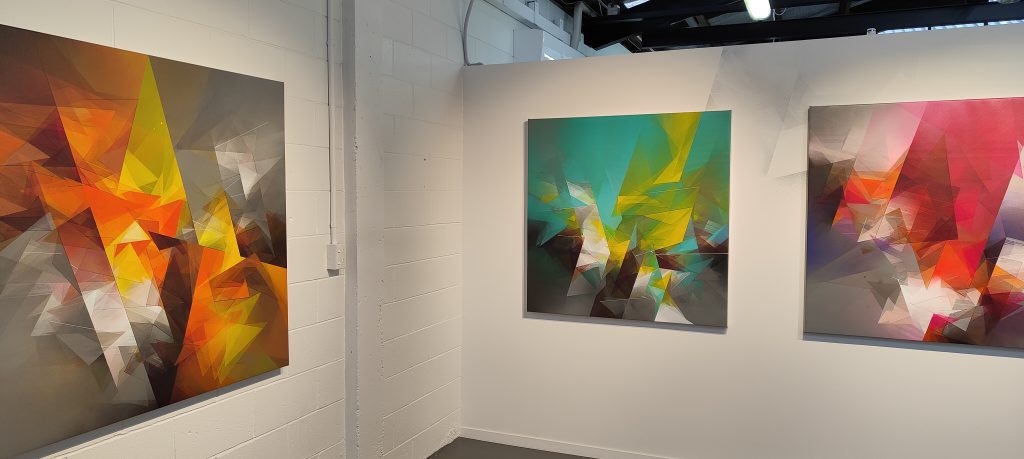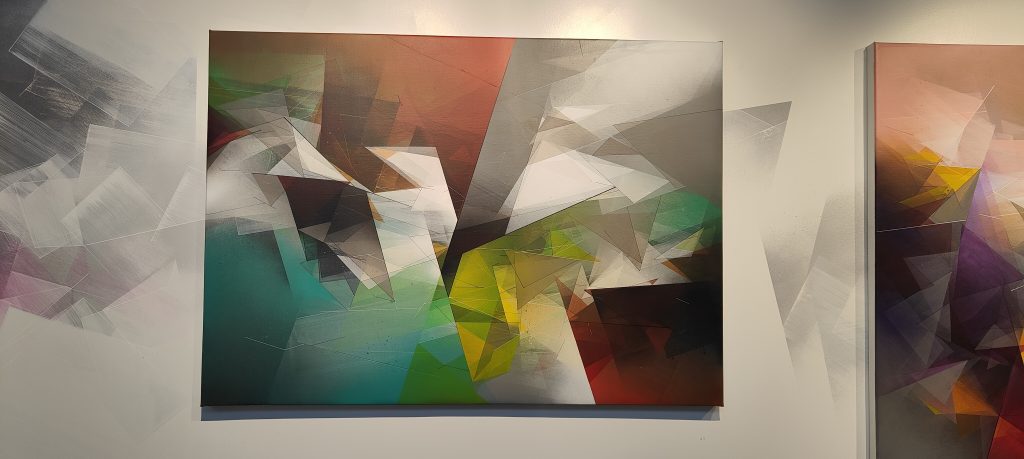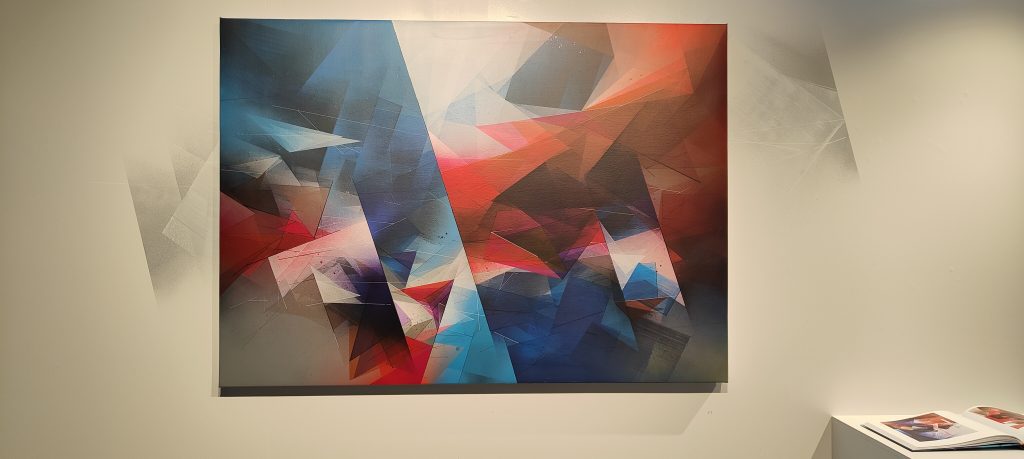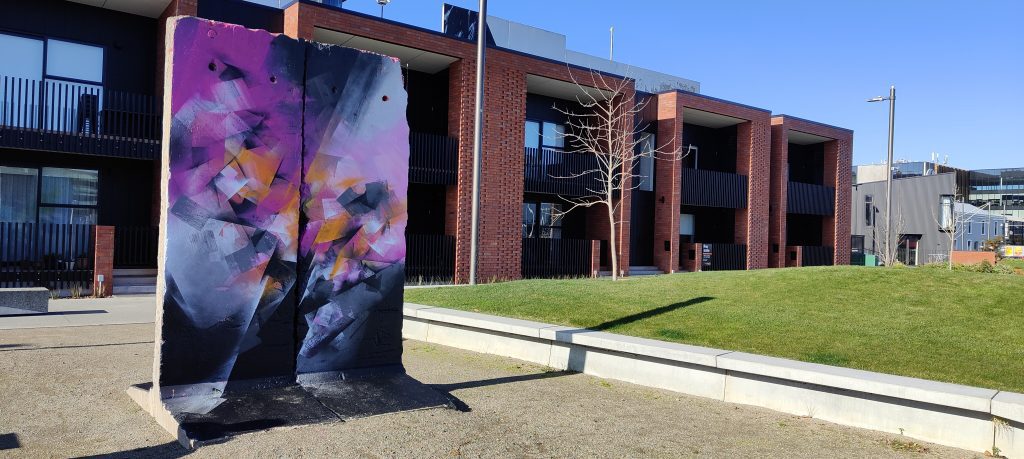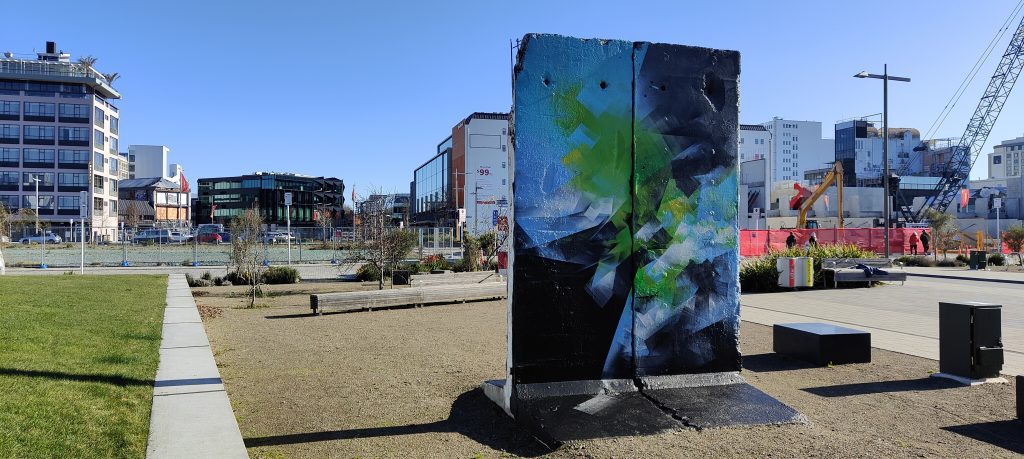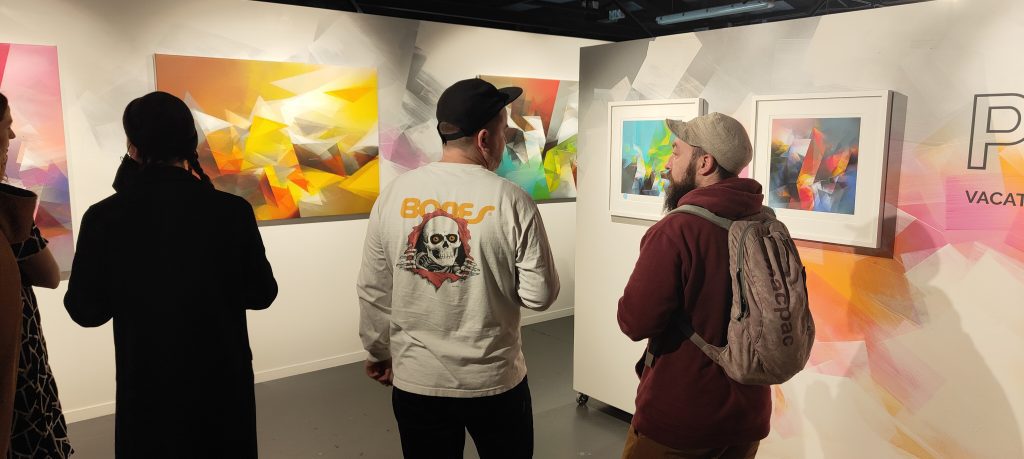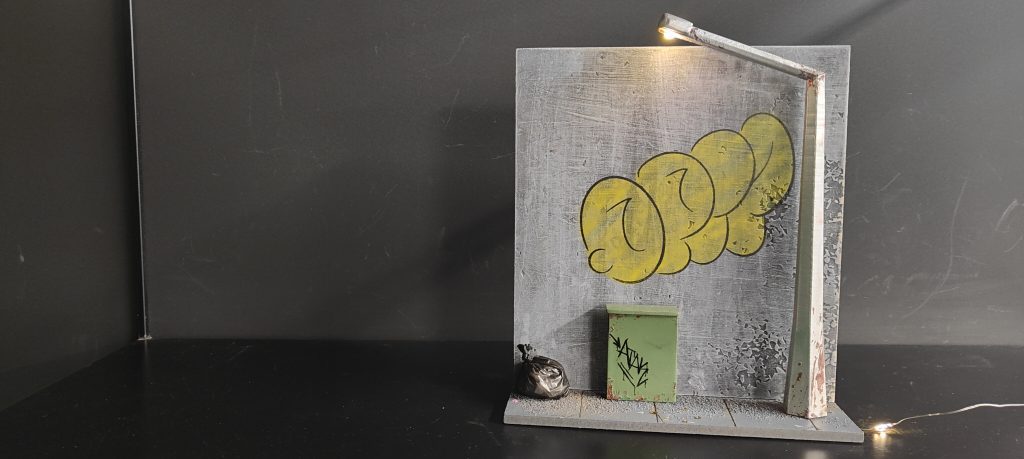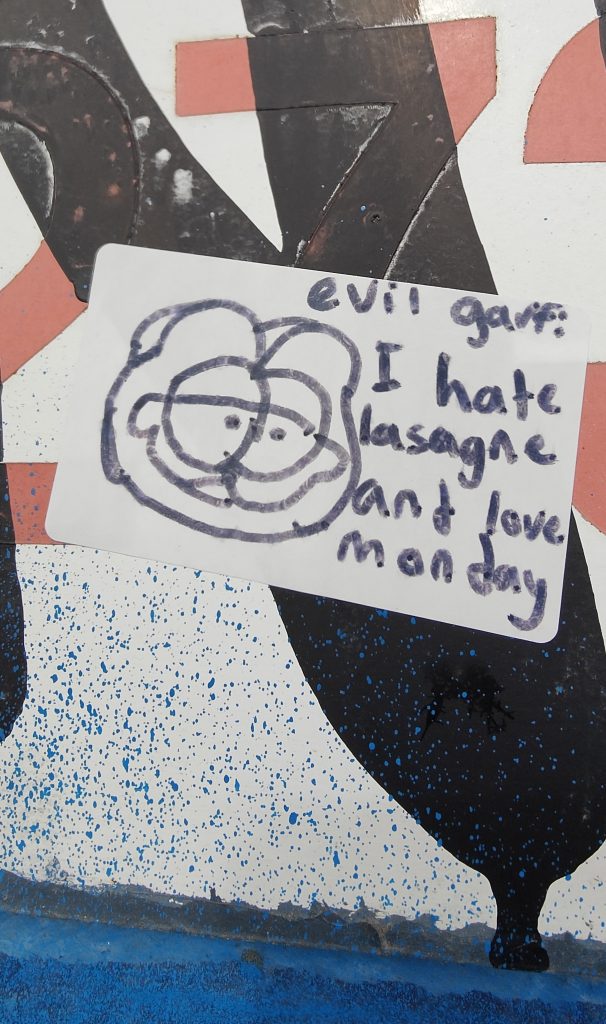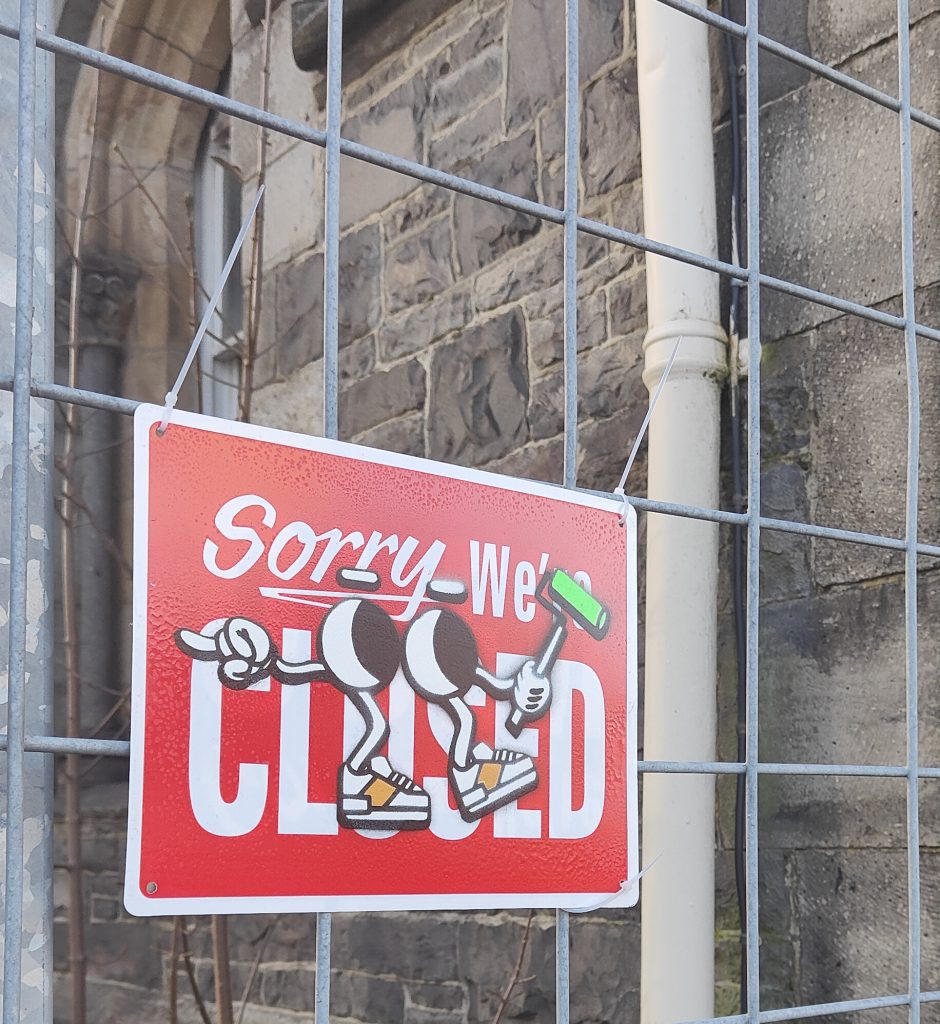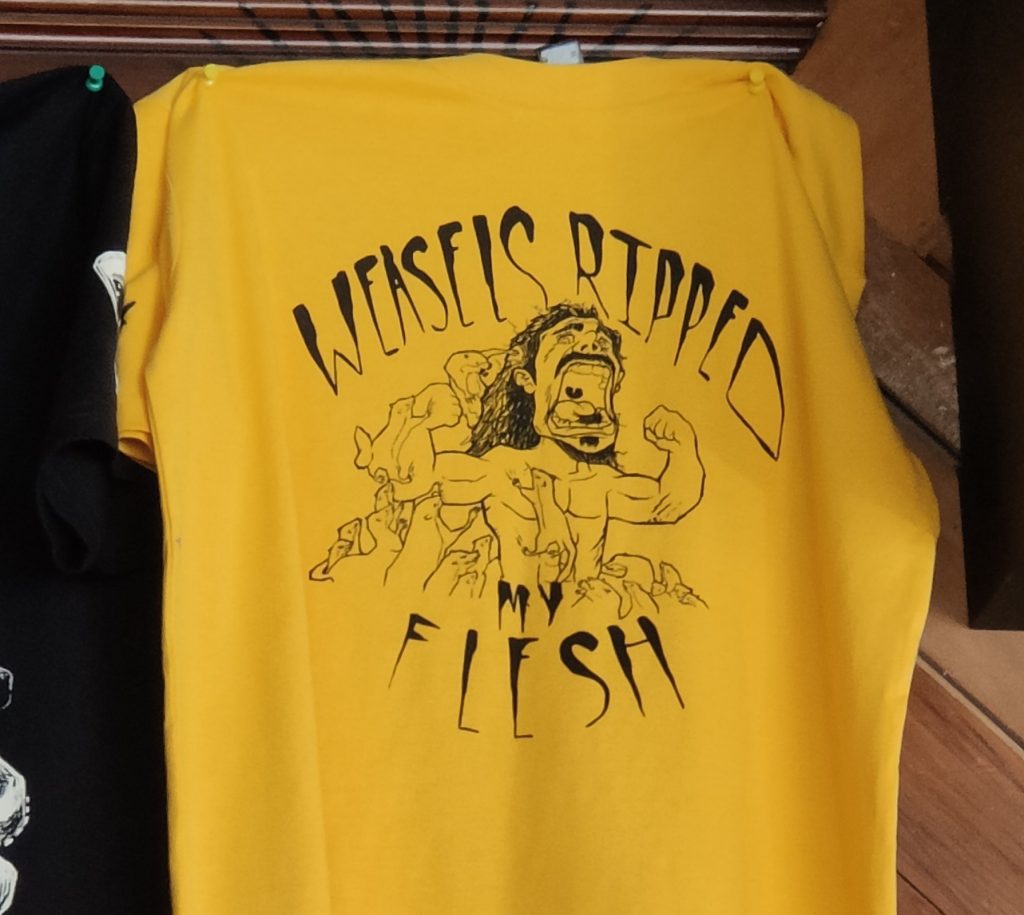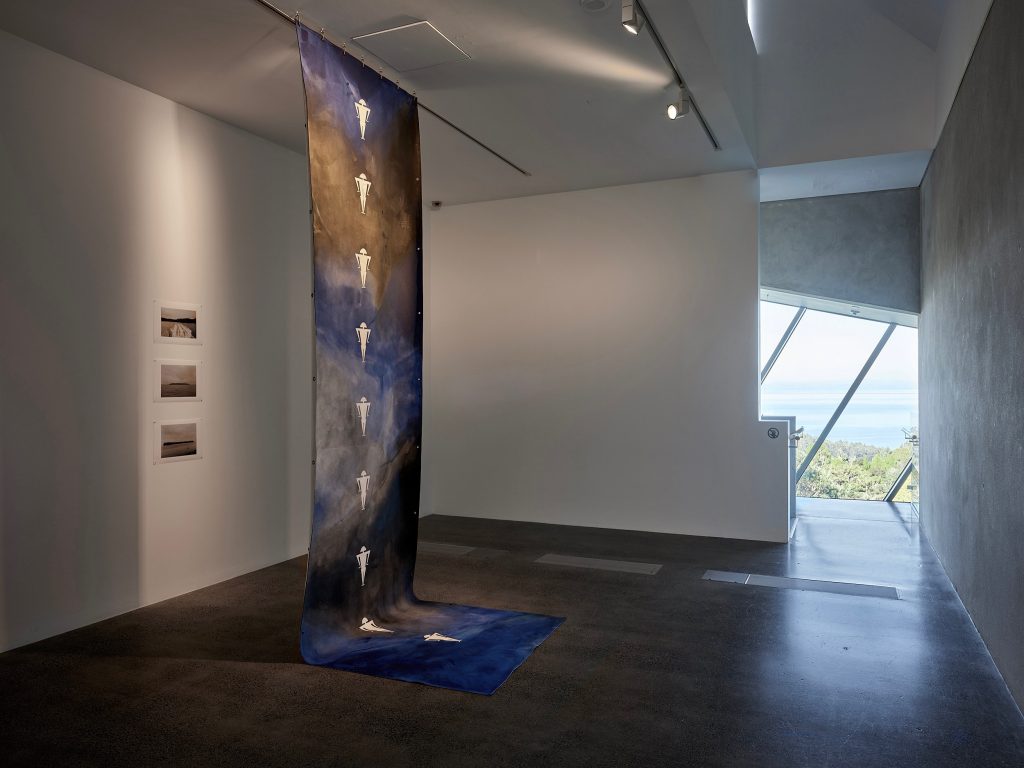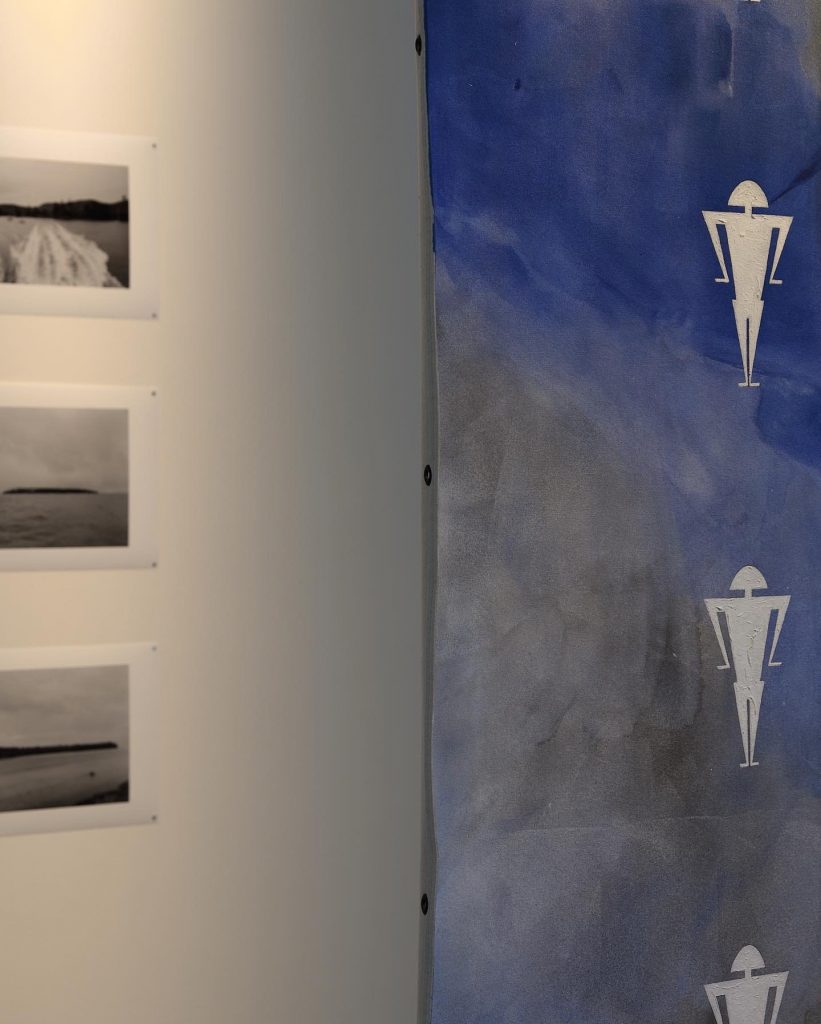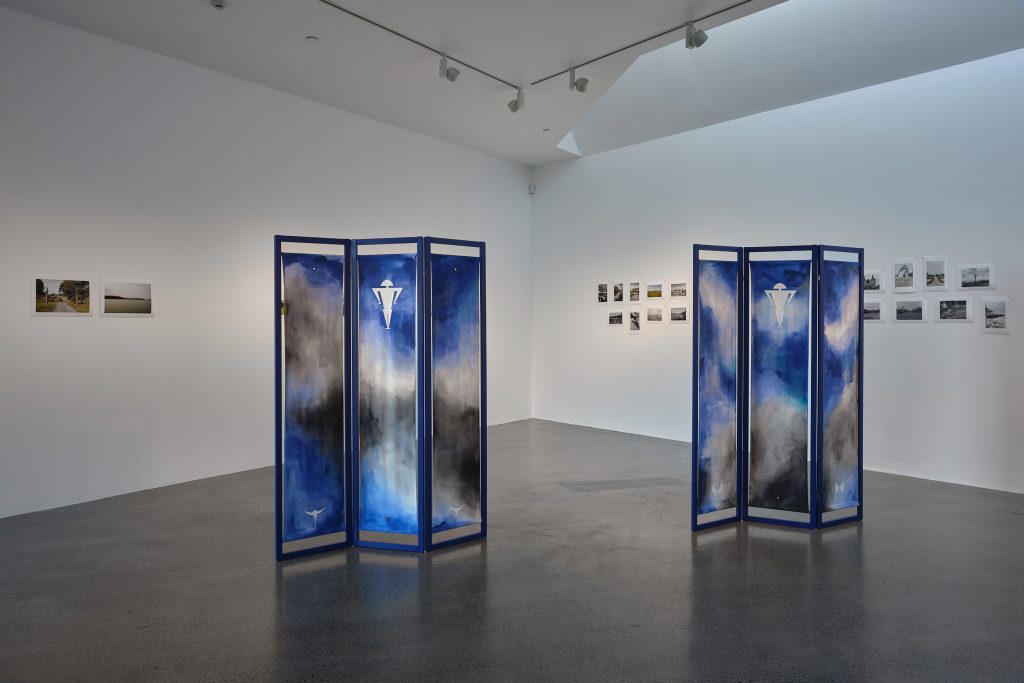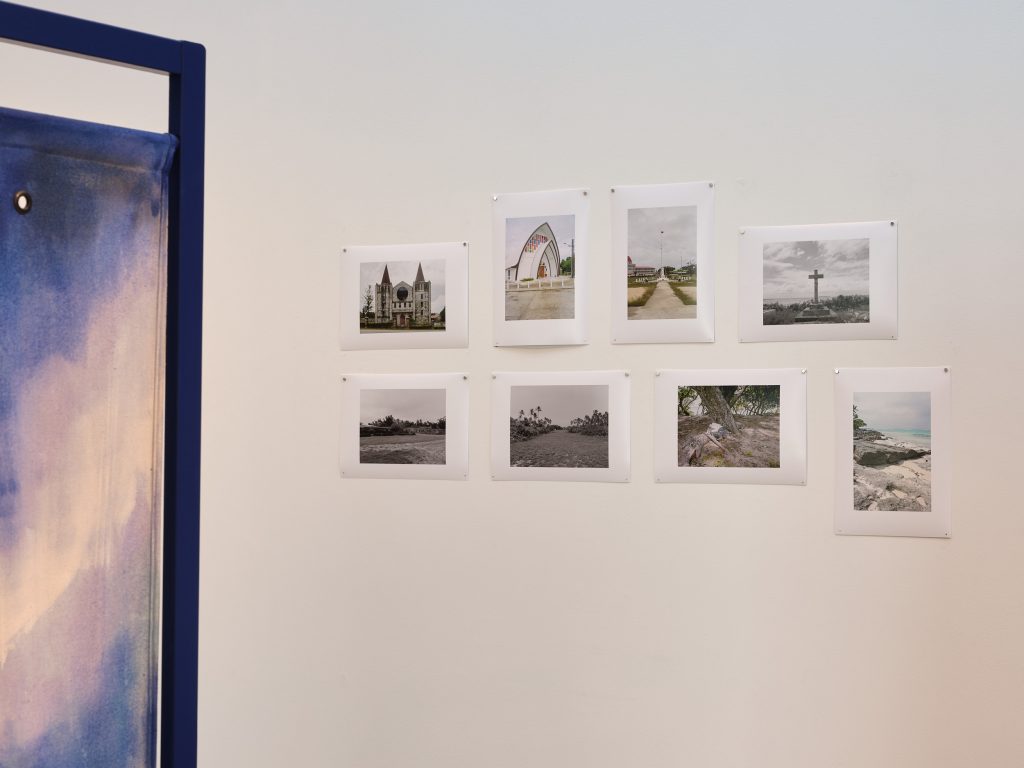A few weeks ago, I was lazily scrolling through Instagram and a striking black and white image flashed past. I scrolled back and was drawn by the raw energy of a puffy face with a swollen black eye, the grainy image accompanied by a Gothic script reading Counterfeit. The stark minimalist look contrasted with a punky DIY quality and I was immediately intrigued, it was a nice contrast from a lot of the manipulated bluster of social media and I wanted to know more about this Counterfeit presence. When I visited the website, the content was an impressive reflection of local talent, from zine publications to photo essays, all capturing a sense of low-fi outsider attitude. After some low-level sleuthing I was able to connect with the semi-anonymous founders of Counterfeit, ‘J’ and ‘S’ and chat about the goals of the platform, the art it represents and how it is a “place for things that have no place’…
I must admit, when Counterfeit appeared on my Instagram feed, I was immediately intrigued by the raw aesthetic and by the mystery of not knowing anything about it, and I love when that happens, because it feels a bit more rare these days, to find something that feels new and authentic. What inspired you to start Counterfeit?
J: It seemed like there was a lot of stuff that I love that hasn’t had a place to exist, stuff that was not ‘fine art’ enough to go in a gallery, and stuff that didn’t fit in aesthetically or stylistically with local group shows. I just felt like everything I wanted to see and the work by the people I like, there just wasn’t that space where you could see it. There are a whole bunch of rad people doing rad stuff, but it was all really separate and spread out and I just wanted a place where it could all come together…
Did you think there were enough people making work that fit the Counterfeit aesthetic to make it work, or was it also about making a platform with the whole, ‘build it and they will come’ mantra?
J: I felt like the work I was making didn’t fit in anywhere and I just noticed a fair few other people in the local art scene that I thought might have been in that same position, and then the more you start to think about it, the more you notice there are plenty more people out there you can try to pull in to be part of it…
S: From my perspective, when I started making and showing my work publicly, I noticed a fair few other artists whose work thematically aligned with what I want to see out there, within one show, one platform, one zine. By gathering all these artists under one proverbial roof we hope that it will draw in more people alike in one space.
How would you categorize the cross-section of art and artists presented by Counterfeit? There seem to be elements of skate culture, punk culture, zine culture, a kind of outsider art, there’s a sense of the urban influence… It probably doesn’t need to be pigeonholed, but did you spend time thinking about exactly what makes something right for Counterfeit or is that an ongoing and evolving discussion?
J: I reckon it’s easier to figure out what’s not it. All of the elements you mentioned are exactly all of the things we really like so are naturally drawn to. It’s quite obvious quite quickly when something doesn’t fit that, haha.
S: What I looked up to was always somewhere else and when J and I came together, it was like, oh actually, there’s a big cross-section of people here who we find really appealing and it coincides with a lot of things that we really like, so it’s become much easier to understand what it is that fits on the platform.
For me, elements of the Counterfeit aesthetic feel very Ōtautahi. The gothic text, the black and white, the grime, although the positive spin has been the bright and colourful post-quake city, the reality of being a cold damp Southern city feels fittingly represented by the Counterfeit aesthetic. Is that something you recognised, or is the influence more global than that?
J: I just wanted something that feels real. Just like the grime, the devastation, the dirt of Ōtautahi represented through the content of the website; the logo, the general aesthetic, all juxtaposed with the clean look of the website itself; like the new emerging parts of the city neighboring with ruins and dingy car parks.
S: While it is inspired by Ōtautahi, it is definitely global. We find solace in the not-so-pretty aspects of the world and we find a lot of artists on social media from across the globe share the same view. I think this aesthetic is about finding beauty in the raw energy of everything that’s around us, it is not necessarily ‘pretty’, it recognises the grimy, gritty elements that you can’t erase from the streets and makes them worthy of attention…
That kind of leads to the question of Counterfeit as a platform in the increasingly digital world. I would suggest the art Counterfeit champions needs an actual physical presence in the world too, is that a goal, to have that real world presence?
J: The goal is to be curating exhibitions and producing physical artworks and merchandise and actual tangible things. At the moment we are just trying to establish the digital side, so when people go to it, they can get a feel for what Counterfeit actually is and if it aligns with any other shit they’ve got going on, and eventually, once we build up that sort of network of artists, then we can look at putting on shows…
Were there people you knew you wanted to have involved straight away?
J: Definitely, there are so many local artists that we have close relationships with that we could reach out to, so we just hit up friends who fit that style first and then the more we collect, the more people will come in from outside that circle that we don’t know, and as long as the work fits the themes and feeling we are going for, we are happy to take it.
Did you give any thought to creating a manifesto, or a declaration, or something that summarises your goals? Even if it was a declarative statement that defines what it’s not, an anti-manifesto?
J: As someone who loves punk, owns Doc Martins and shaves their head, being in Christchurch and hearing the word manifesto, I immediately recoil! But we didn’t really write out our intentions, we do have an ‘about’ section on the website, but we don’t really know what it is yet. We came up with the phrase ‘a place for things that don’t have a place’, and I guess that’s as close as it gets.
S: I feel like a manifesto could get quite limiting with what we want to present, so I think at this point of what we’re doing it’s not particularly necessary. I feel like the work speaks for itself…
Do you each have designated roles within Counterfeit?
J: We definitely have designated roles, because I can’t work the Internet and it’s a digital platform! Luckily one of us has some idea of web development and how to use Instagram, so, they have that covered, and in theory that person has done most of the work so far! I just know a whole bunch of people that do stuff, and I really know what I like and don’t like, so it’s pretty much my sort of vision for it. It is kind of the perfect mix in the way it works…
S: From my perspective, I’m not very good with social things. I’m supremely awkward, so I am responsible for the technical side of things while J is taking care of the curation and actually talking to people, which works perfectly for us…
Are you open to bringing new voices in?
J: I like the possibility of people contributing ideas, because there is a whole bunch of stuff that we are playing around with that isn’t on the website and that’s for further down the line and that would be cool to get other people’s input, but in terms of the actual operational thing, the core of it will just remain the same, a small team. If people want to jump in and help on projects and stuff like that, I’m open to that…
The website looks great, it is clean and yet raw. What should people be checking out on there?
J: I really like the digital zine library. We’re just going to be forever adding to it as we get zines from people. There are other places in Ōtautahi that have zines, and we didn’t really want to step on any toes, so we like the idea of collecting zines that are out of run and that are almost forgotten about. You make zines, you give them out, you sell a few, and once the run is over everyone forgets about them, so it’s nice to collect those dead zines and have a place where they are all kept nicely. We have also introduced the X Counterfeit collab which will be an ongoing series with work made specifically for Counterfeit. Then we want to have work by people that might be something they do that’s not their normal practice, you know, someone who shoots photos might have a sketchbook that they do drawings in and we are just as interested in those as the other work. Again, it’s a place for things that don’t have a place.
The latest X Counterfeit contribution is a photo essay by Cammy H, how did that come about?
J: I noticed that he was posting photos that looked a bit a different to what he would normally shoot. I love Cam’s photos and with the black and white stuff that he was starting to post, S and I would look at each other and be like, this is perfect for Counterfeit, we should add these! So, I asked Cam if he would want to submit some new ones to the website. He was super keen and we showed him a preview of the website so he had a feeling of the look, and the photos we got from him were just perfect.
You also have a selection of zines from local skate crew FAUP. What is your relationship with them?
J: I’ve skated most of my life, so I’ve seen some of those kids come up, watched them form their crew, skate and then as they got older break off and form punk bands and stuff. But just watching them shooting their own photos and videos, making their own clothes, making zines, all for no reason, just for the fact that they love doing it, that’s the feeling I was talking about, it’s fucking real, it’s so perfect, it’s everything that I feel a lot of stuff is missing these days with the internet and shit…
I guess the big thing is that you have to be willing to dive in, like in skating you have to know you will probably get hurt at some stage, but you have to do it anyway, and it correlates with creativity…
J: There’s no one making you jump down those stairs for hours. When you’re falling over for that long, for the possibility of success, I think it teaches you how to overcome challenges and deal with failures.
S: I would rather see a spectacular failure than a boring success…
What is next for Counterfeit?
J: Zinefest, on the 17th of September, we will have a table there. We will have artist zines for sale, some older ones, some new ones and a first Counterfeit issue with a bunch of contributing artists, which is actually a real physical thing that you can look at, instead of just clicking through on the website…
And beyond Zinefest?
S: We have been speaking with quite a few artists, so we will hopefully source some work from them in the future. We plan to sell stuff as well, Counterfeit zines, Counterfeit merch…
J: Like I said earlier, we also want to stage some group exhibitions…
I imagine finding the right venues will be really important for Counterfeit shows…
S: The grimier the better!
J: I really want to have some shows at the Darkroom, that would be perfect because the exhibition could roll on into a punk show straight afterwards, making it an event. I think we just want to make it fun. There’s plenty of people doing cool shit, it just needs to be organised a bit better…
I’m a massive advocate for creating platforms for things to be seen and shared and celebrated, because in Christchurch, it’s big enough to have people doing cool stuff, but small enough to not have enough platforms…
J: A lot of the artists and the work I like you could call lowbrow or gritty and people just do that stuff for the love of doing it. A lot might fall through the cracks or be forgotten, and I wanted to collect all that work. The thing with Counterfeit is that it might be grittier but I wanted it to be presented really well, to be respected, and I wanted the website to be super clean and to focus on the artwork and the artists, rather than Counterfeit. Exhibitions and stuff as well, it might have some shitty punk kids and beers out of a trash can, but all the work will be presented really well…
S: We just want to encourage more people to create or continue to create. If someone knows that, not only can they make something but they can actually have it seen by other people, they can make it a more significant part of their life
And creating a platform that ensures people can feel like they can do that, that they can feel part of something, that encourages them to put something out there, is so important, because until they are visible, they go unknown and who knows who will connect with it…
S: That’s why we are open to seeing what’s out there and deciding what works for us and what doesn’t. At the end of the day our platform isn’t the only one to showcase work, it is specifically for things that we have seen a lack of representation around, so we are just happy to fill the gap.
Follow Counterfeit on Instagram and stay up to date with their newest projects…


